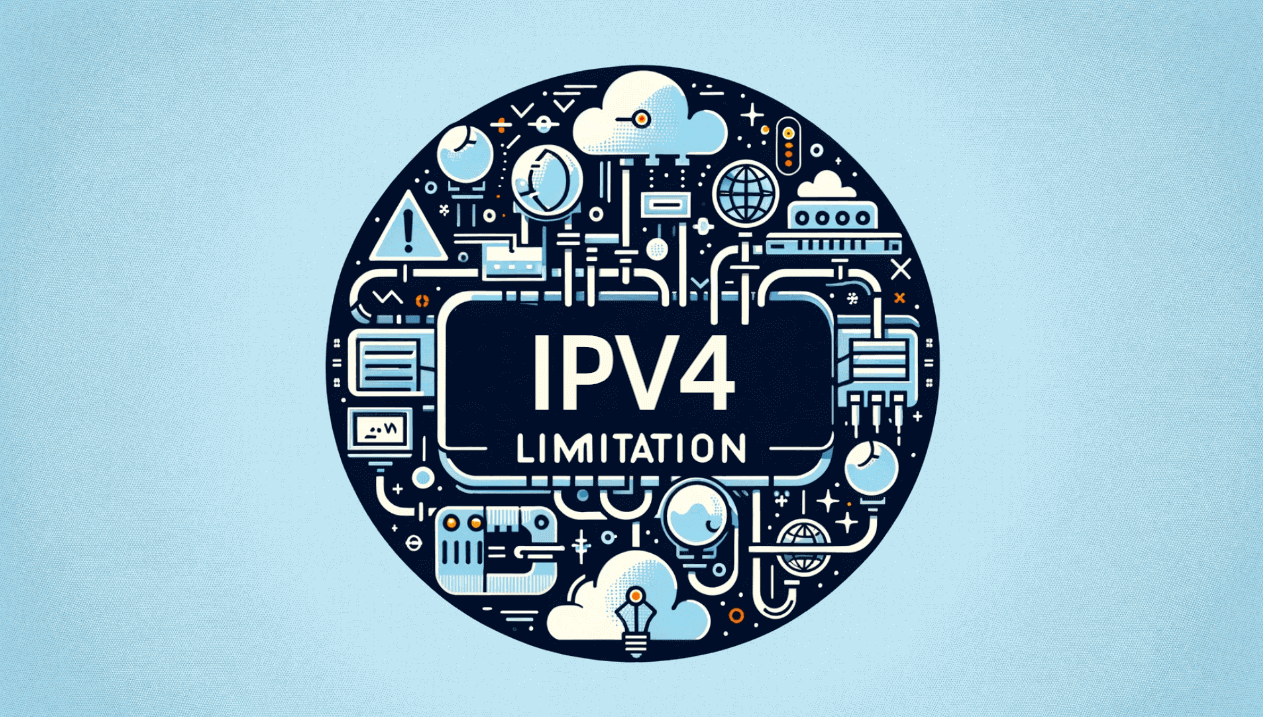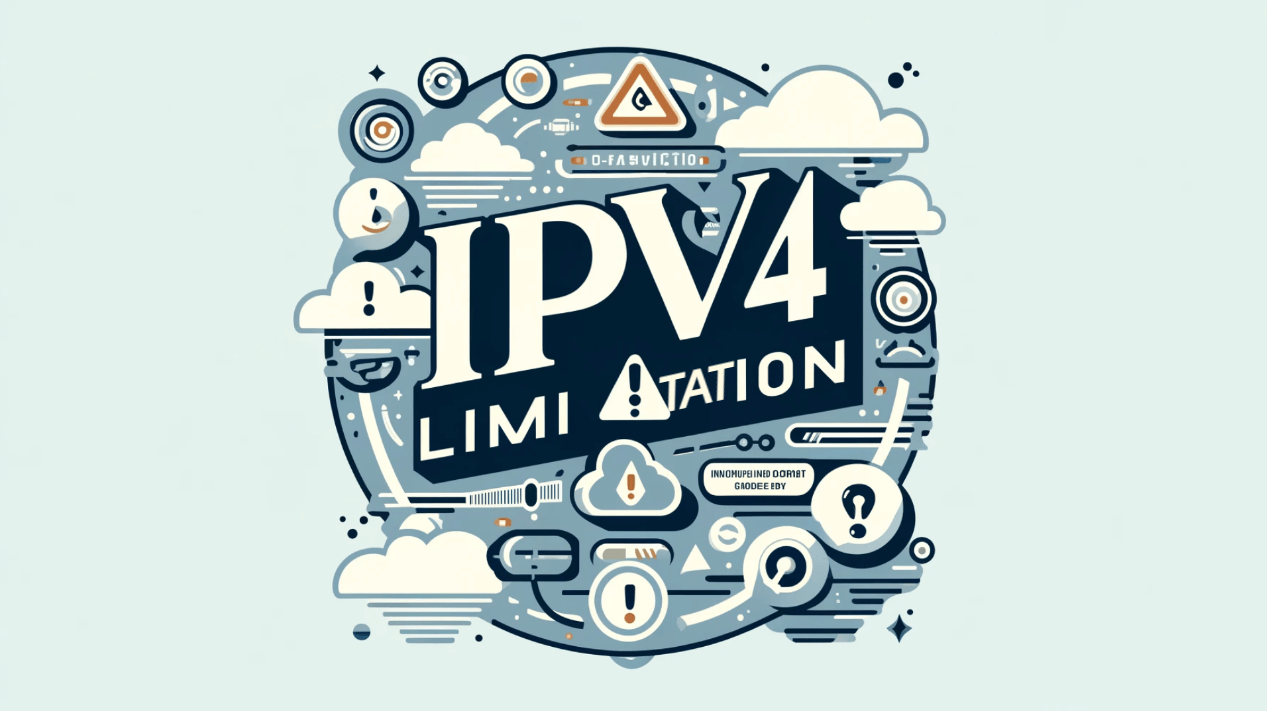How Have the IPV4 Limitations Been Solved?

The limited 32-bit addressing of IPv4, which allows for over 4.3 billion distinct addresses, proved insufficient as the digital world grew. In this blog, we will explore what is IPV4 and how have the IPV4 limitations been solved.
What is IPv4 and How Does it Work
IPv4, or Internet Protocol version 4, is the fourth iteration of the Internet Protocol (IP) that is utilized with an addressing scheme to identify devices on a network. There are over 4.3 billion possible addresses thanks to the 32-bit address method that this protocol uses. When connecting devices to the Internet, this is the most often used Internet protocol. An IPv4 network allows for communication and data routing between various network nodes by assigning each device its own IP address.
The Limitations of IPv4
IPv4's restricted address space is its main drawback. There are currently only 4.3 billion addresses accessible due to the Internet's exponential expansion and the proliferation of linked devices, almost depleting this pool. This constraint makes it difficult to connect new devices to the internet directly without the need of intermediaries like routers that conduct Network Address Translation (NAT), which limits scalability.
Solutions to IPv4 Exhaustion
While IPv4 is being switched to IPv6, a number of tactics have been used to prolong its life:

1. IPv6 Addressing Structure
Since IPv6 uses 128-bit addresses instead of 32-bit addresses, it is essentially meant to replace IPv4 with a significantly wider address space. This extension effectively eliminates the scarcity problem by allowing for virtually infinite unique IP addresses.
2. Network Address Translation (NAT)
NAT enables several devices connected to a private network to access the internet using a single public IP address. In order to expand the usage of IPv4 addresses that are restricted without needing each device to have its own external IP address, this technique is frequently employed in business and household settings.
3. Classless Inter-Domain Routing (CIDR)
By changing the prefix length of network addresses, CIDR—which was introduced to replace the outdated class-based IP addressing system—allows for a more effective allocation of addresses. This reduces IP address waste and enables more precise control over IP address distribution.
Each of these strategies reduces IPv4 depletion in a different way; IPv6 offers a long-term fix, while NAT and CIDR give workable, instant relief by making the most use of the IPv4 resources already in place.

Transitioning to IPv6
In order to make the switch to IPv6, which offers an almost limitless address space as well as enhanced routing and autoconfiguration capabilities, it must be implemented across all devices and services in the Internet infrastructure. Significant hardware and software modifications are needed for this shift in order to handle the intricate new networking capabilities brought about by IPv6.
How are we overcoming the limitations of IPv4?
Adoption of IPv6, which provides a wider address space and enhanced network layer methods, is the main means of overcoming IPv4's constraints. In the meanwhile, methods like CIDR and NAT are frequently employed to control IPv4 address shortage. In order to purchase time for a more progressive transition to IPv6, several techniques have temporarily alleviated address depletion.
How have the IPv4 limitations been solved?
Both short-term and long-term modifications have been implemented to overcome IPv4's shortcomings. The usefulness of IPv4 has been successfully increased by temporary fixes like NAT and CIDR. The broad use of IPv6, which not only overcomes the problem of address scarcity but also provides increased security features and performance, is the complete answer to IPv4 restrictions.
